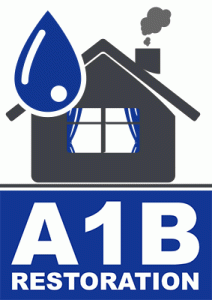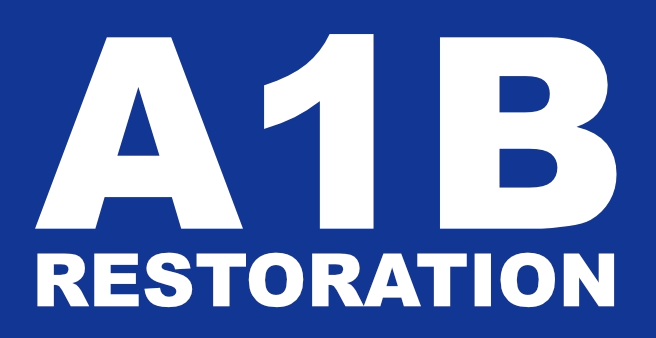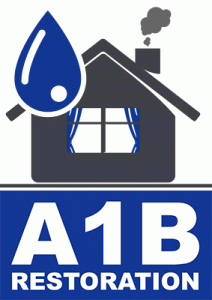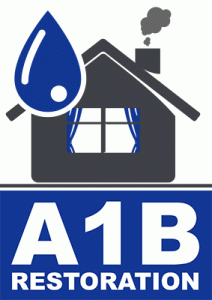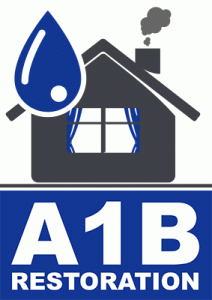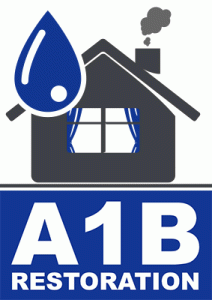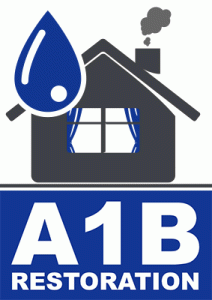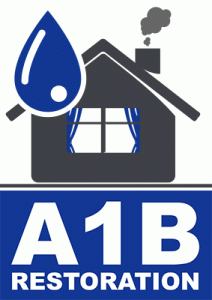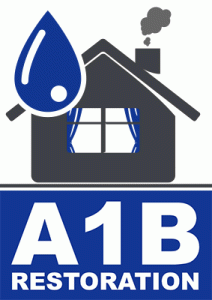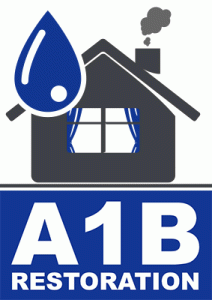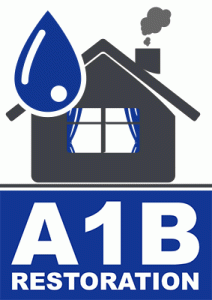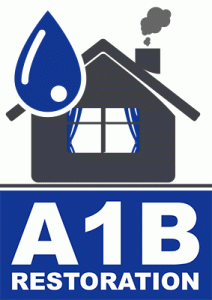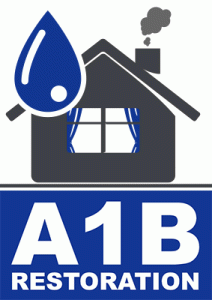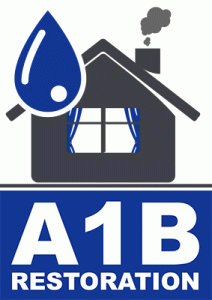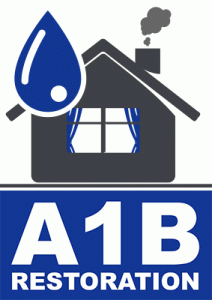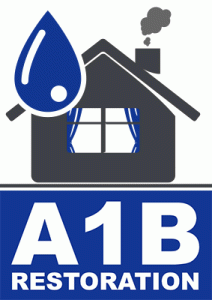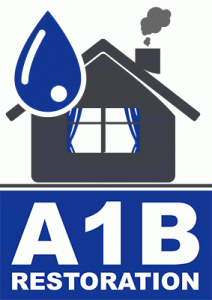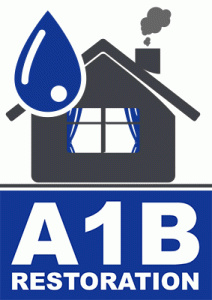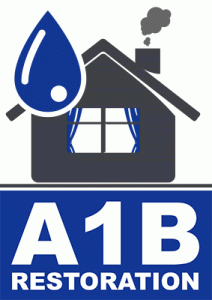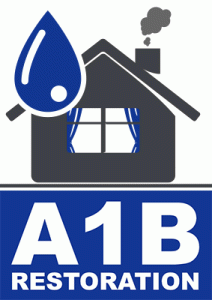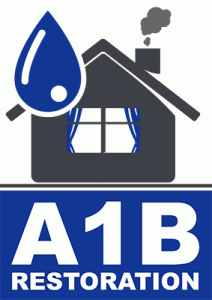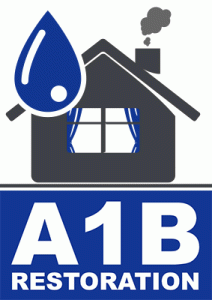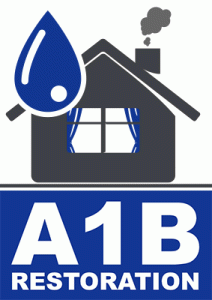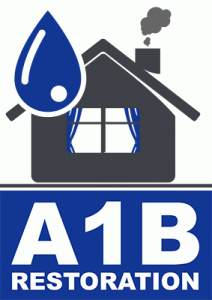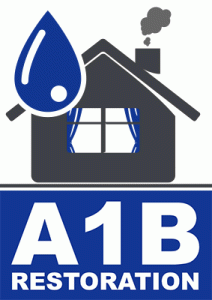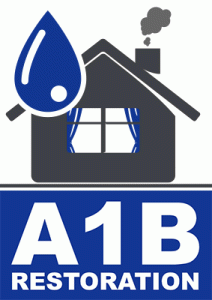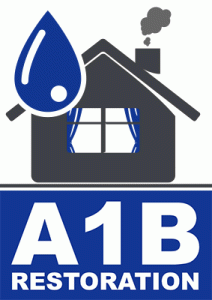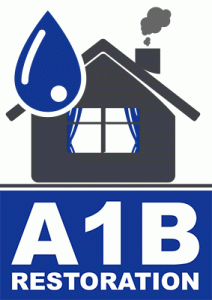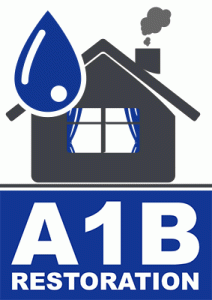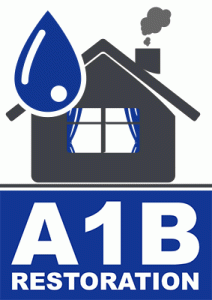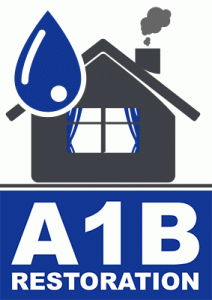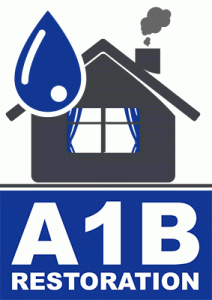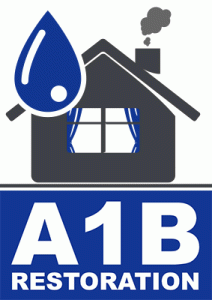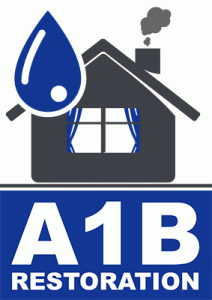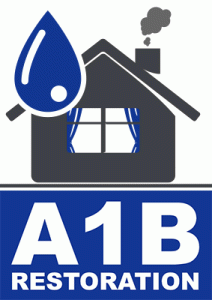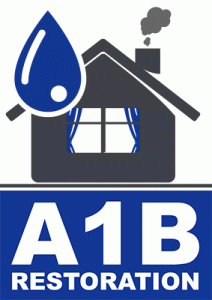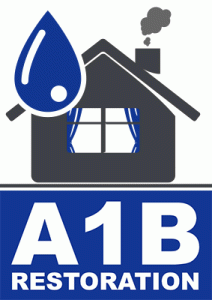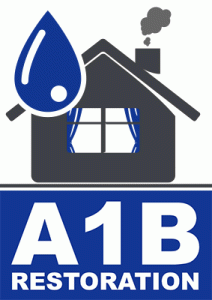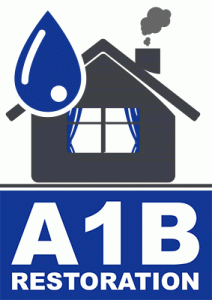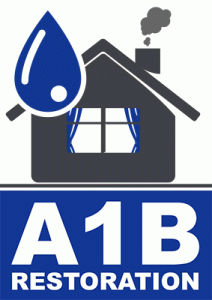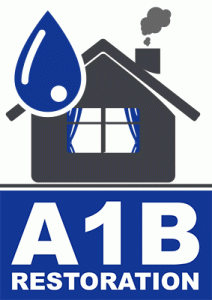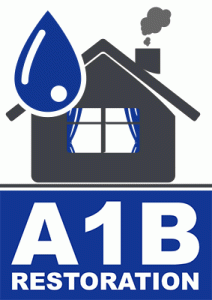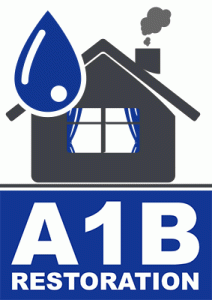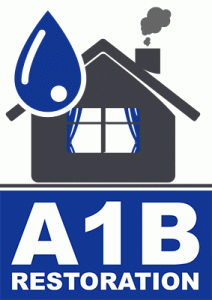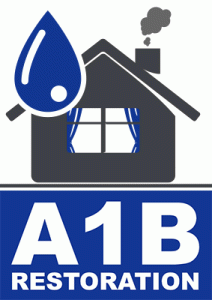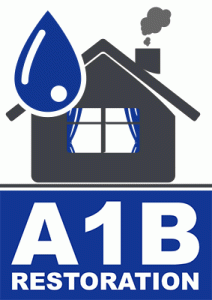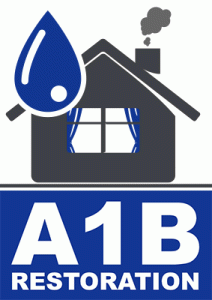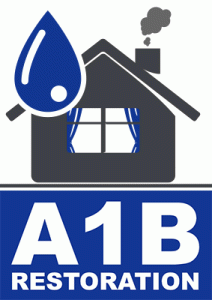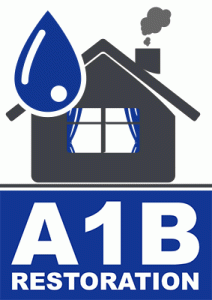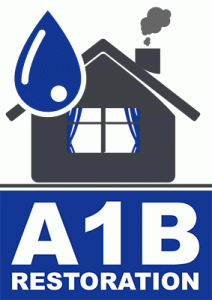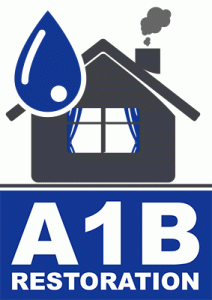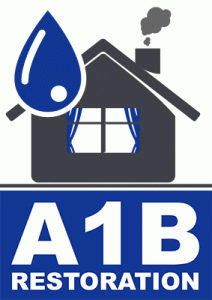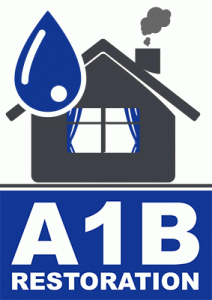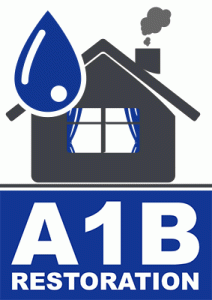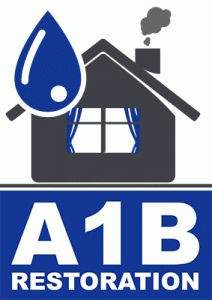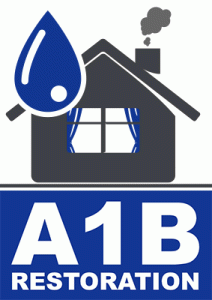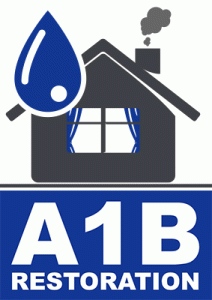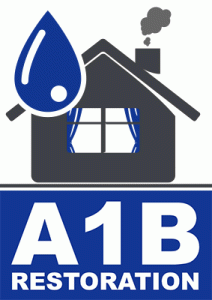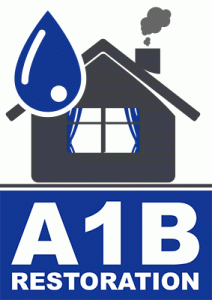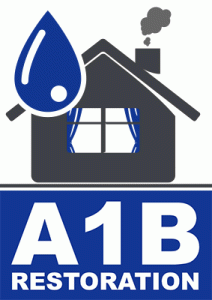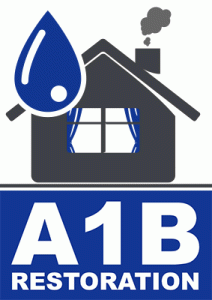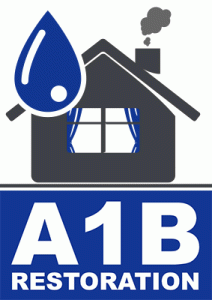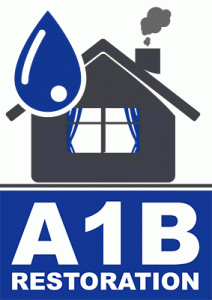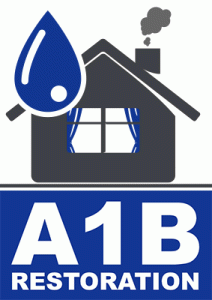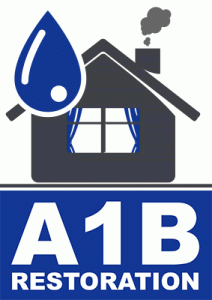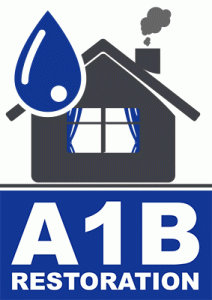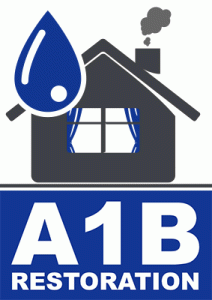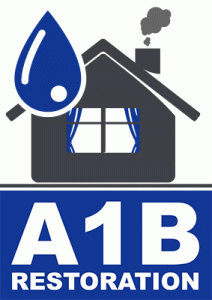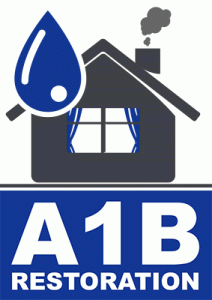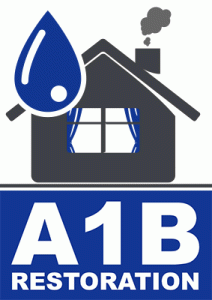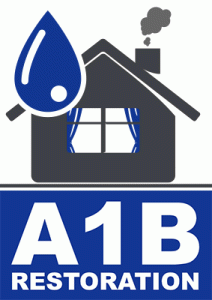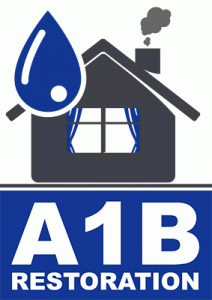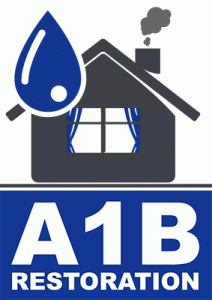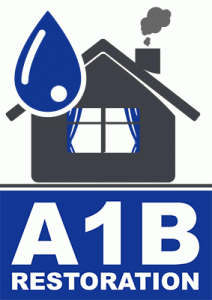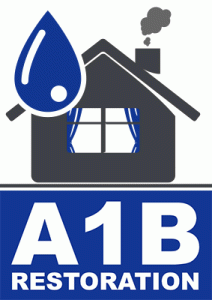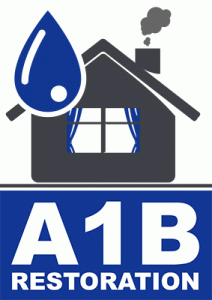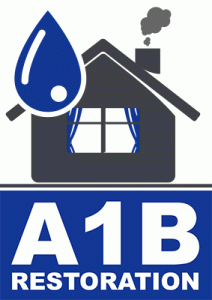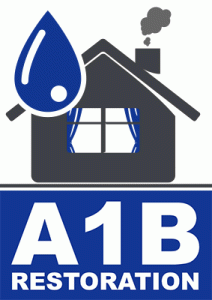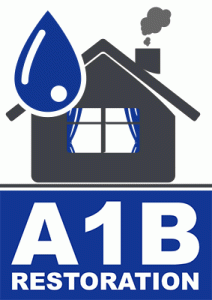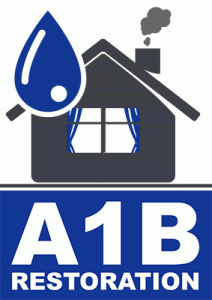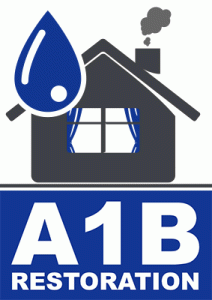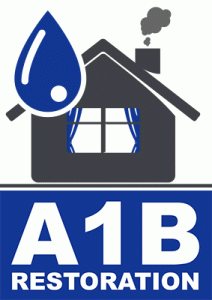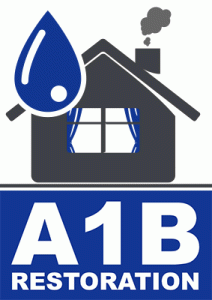How Technology is Changing Water Damage Restoration
In the ever-evolving world of home maintenance and disaster recovery, water damage restoration stands as a critical service. With the increasing frequency of natural disasters and plumbing mishaps, the demand for efficient and effective water damage solutions is higher than ever. Fortunately, technological advancements are revolutionizing this industry, making the process faster, safer, and more efficient. In this comprehensive guide, we will explore how technology is reshaping the water damage restoration landscape.
The Role of Technology in Water Damage Detection
One of the most significant ways technology is impacting water damage restoration is through advanced detection methods. Traditional methods often relied on visible signs and manual inspections, which could miss hidden damage. Today, technology offers a more sophisticated approach.
Moisture Meters and Thermal Imaging
Modern moisture meters are highly sensitive devices that can detect even the slightest water presence within walls, floors, and ceilings. These tools are essential for identifying the extent of water damage and developing an effective remediation plan. Similarly, thermal imaging cameras can visualize moisture behind surfaces without invasive procedures, helping technicians pinpoint problem areas precisely.
Smart Sensors and IoT Devices
Smart sensors and Internet of Things (IoT) devices are transforming homes into intelligent environments. These devices can detect leaks and monitor humidity levels in real-time, alerting homeowners and professionals to potential water damage issues before they escalate. According to a report by Statista, the global market for smart home devices is projected to reach $75.44 billion by 2025, highlighting their growing importance.
Innovative Restoration Techniques
Once water damage is detected, the restoration process must be swift and effective to prevent further deterioration. Technological advancements are enabling more innovative and efficient restoration techniques.
High-Performance Drying Equipment
Traditional drying methods often involve fans and dehumidifiers that can take days to be effective. Now, high-performance drying equipment, such as desiccant dehumidifiers and air movers, can significantly reduce drying times. These machines are designed to extract moisture quickly and efficiently, minimizing the risk of mold growth and structural damage.
Non-Invasive Drying Solutions
In the past, drying out hidden cavities often required disassembly of walls and floors. However, modern non-invasive drying solutions, such as injectidry systems, use specialized hoses and mats to extract moisture from hard-to-reach areas without causing additional damage. This method not only speeds up the restoration process but also reduces repair costs.
Data-Driven Approaches and Predictive Analysis
The integration of data analytics in water damage restoration is a game-changer. By analyzing historical data and environmental factors, restoration companies can make more informed decisions and improve service delivery.
Predictive Maintenance
Predictive maintenance involves using data to anticipate when equipment might fail or when a system is likely to experience issues. For example, by analyzing weather patterns and building materials, restoration companies can predict areas at higher risk of water damage and deploy resources accordingly.
Artificial Intelligence and Machine Learning
AI and machine learning algorithms are being used to develop predictive models that help in assessing and mitigating water damage risks. These technologies enable restoration companies to offer proactive solutions, such as recommending upgrades to flood-prone areas or suggesting water-resistant installations.
Enhanced Communication and Customer Experience
Technology is not just improving the technical aspects of water damage restoration; it is also enhancing communication and customer experience.
Mobile Apps and Customer Portals
Many restoration companies now offer mobile apps and online portals where customers can track the progress of their restoration projects in real-time. These platforms provide regular updates, photographs, and documentation, ensuring transparency and building trust between clients and service providers.
Augmented Reality and Virtual Reality
AR and VR technologies are being used to provide virtual tours of affected areas, helping homeowners understand the extent of damage and the restoration process. This immersive experience can be particularly beneficial in explaining complex procedures and setting realistic expectations.
Conclusion: The Future of Water Damage Restoration
As technology continues to evolve, its impact on water damage restoration will only grow. From advanced detection tools to innovative restoration techniques and data-driven approaches, technology is making the industry more efficient, effective, and customer-centric. Homeowners and restoration professionals alike stand to benefit from these advancements, leading to faster recoveries and minimized losses.
For those looking to safeguard their homes against water damage, embracing these technological innovations is crucial. Investing in smart sensors, staying informed about predictive maintenance, and choosing companies that leverage cutting-edge technology can make all the difference in protecting your property.
In conclusion, the future of water damage restoration is bright, thanks to the relentless march of technology. As we continue to harness these tools, the industry will undoubtedly reach new heights, ensuring homes and businesses are better equipped to handle water-related challenges.
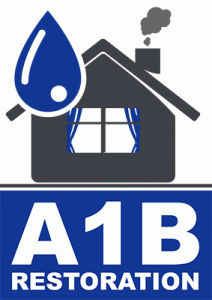
Lake Highlands Dallas Texas restoration water damage companies

North Richland Hills TX emergency water damage cleanup

Richardson TX water damage restoration companies
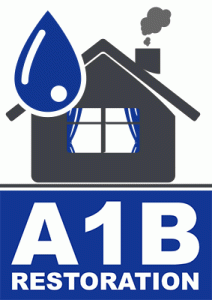
restoration services water damage Cedar Hill Texas
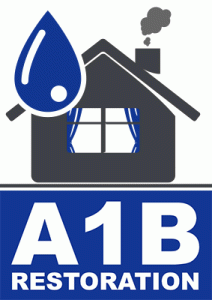
Addison Texas water damage restoration service near me
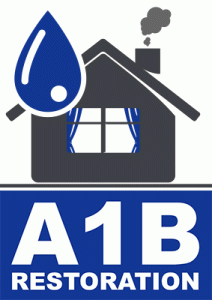
water restoration companies near me Royse City Texas
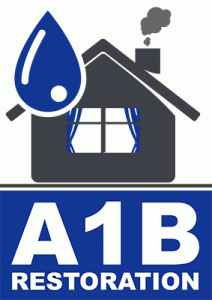
Flower Mound TX water damage restoration services
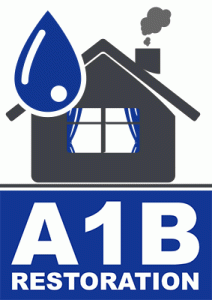
Irving Texas water damage restoration service near me
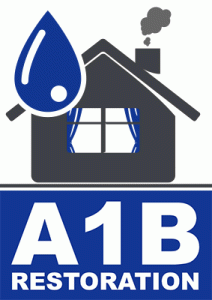
Lucas Texas water damage restoration service near me
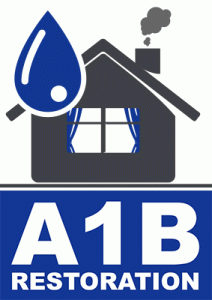
water damage and restoration companies Rockwall Texas

Colleyville Texas water damage restoration near me
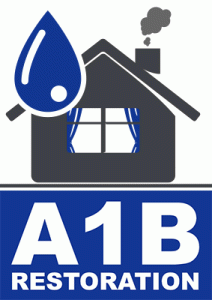
The Colony Texas water extraction company near me
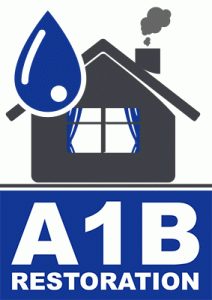
Cedar Hill Texas water damage restoration service near me

Arlington Texas water damage restoration service near me
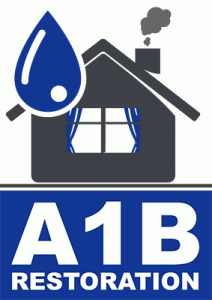
Lake Highlands Dallas Texas water damage cleanup near me

Preston Hollow Dallas Texas water extraction company near me
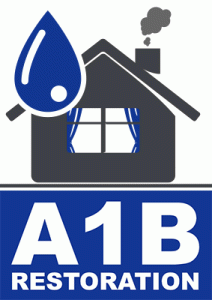
North Richland Hills Texas water extraction company near me
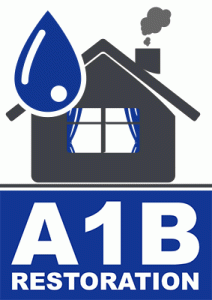
Cedar Hill TX water damage restoration companies

Colleyville TX water damage restoration services

water damage restoration services near me Sachse Texas

best water damage restoration near me Lewisville Texas
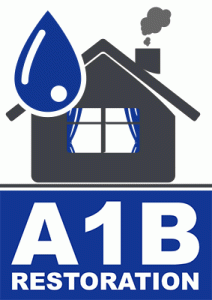
water mitigation company near me Lake Highlands Dallas Texas
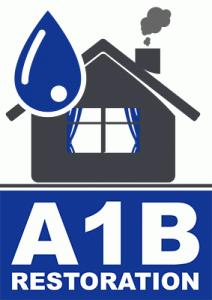
water damage restoration service Lake Dallas Texas

water removal services near me Preston Hollow Dallas Texas

emergency water damage restoration North Richland Hills Texas
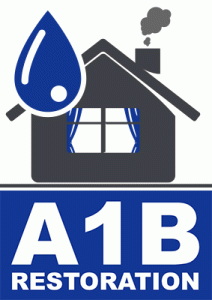
water mitigation company near me North Richland Hills Texas

water damage company near me Lakewood Dallas Texas
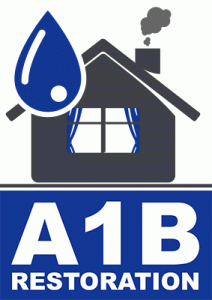
restoration of water damage Preston Hollow Dallas Texas
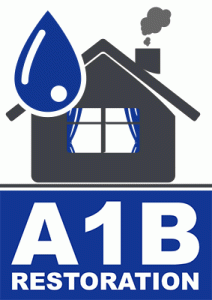
water damage restoration services near me Carrollton Texas
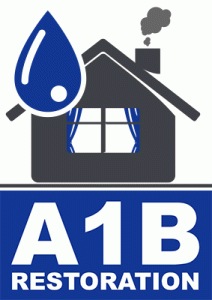
water damage restoration services near me Colleyville Texas
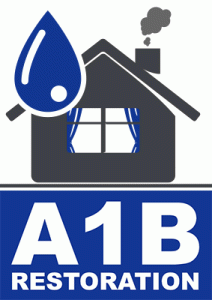
best water damage restoration near me Crowley Texas

water damage restoration services near me Wylie Texas
